|
|
Post by Gendo Ikari on Nov 9, 2015 9:43:33 GMT -5
It happened and they should have at least cut Freddy and Jason out, but they didn't. Either it was just a made-up publicity stunt, they found some legal circumvention, or released it anyway when it was finished, and nothing happened because the copyright holders may have thought it wouldn't be convenient on a public image level.
|
|
|
|
Post by Gendo Ikari on Nov 12, 2015 11:35:56 GMT -5
Lately I’ve had a lot fun with Super Panda Adventures. It may not seem much at first glance, due to a pixel art that goes from merely nice to sometimes amateurish, and pretty thin storyline and dialogues, but after the first phases it proves to be one solid Metroidvania. The levels are connected by a map heavily inspired by the Commander Keen series and aren’t huge, but need to be explored several times in order to find everything, be it mandatory, like the abilities and keys needed to reach further areas, or the still useful stuff, like orbs to upgrade weapons and armor, and seven “relics” that grant permanent bonuses, each split into two pieces. You also accumulate experience, with two upgrade points given for every new level. The panda fights mainly with his sword; he’s also got a shuriken which I found rarely useful, and also a few spells with gradually recharging mana. The third spell, a powerful uppercut, also works as a double jump before getting a “true” double jump, very much like in Guacamelee. The focus, however, is on close combat and for this reason there’s the welcome mechanic of the shield: by just holding Down you raise it, absorb the damage and even get a few instants of invincibility. It cannot be used indefinitely and needs recharge items just like health does, but it’s a welcome anti-frustration feature. Enemies have a lot of health; as you become more powerful it becomes much less of an issue, but some of them are still quite tough and may cause the rhytm to become fragmented at times. This also extends to the bosses: even after you master their attack patterns, it’s a question of just avoiding them while you slowly chip away their health. At least you get substantial experience bonuses for combos, so it’s never useless to fight rather than avoid. The character handles well and finishing the game requires 8-10 hours. It’s cheap and this week it’s discounted at just 99 cents on Steam, so you can hardly go wrong with it.   Creator Paul Schneider already had another Metroidvania under his belt, the freeware GunGirl 2, which at the time of release was even more surprising because the first episode was pretty bad. Unpolished compared to SPA and other more recent indie offerings, repetitive on the long run (you’ll kill literally thousands of zombies, it keeps tracks of it), and with some nonsensical cameos (Ash Williams is one thing, Mario or Link…?), but still plenty of content, secrets included, great action and excellent music - SPA has some good tracks, too. Around the same time Schneider made a Doom mod called Unloved, with atmospheres inspired by Silent Hill. More recently he’s released another Unloved to Early Access, this time a co-op shooter with procedurally generated levels. It needs a lot of polish and its low production values are evident, but plays pretty well already, so it may become a nice cheap alternative to Killing Floor. |
|
|
|
Post by Gendo Ikari on Nov 13, 2015 15:40:25 GMT -5
sideline.ghegs.com/This is a nearly 20-year old Taiwanese DOS shmup that surfaced about a year ago, and just recently we managed to track down the original producer who was kind of enough to give us permission to distribute the original release, as long as no profit is made from it. Makes you wonder how many other excellent, forgotten DOS games could be found from China, Taiwan, South Korea... I downloaded this shortly after that post but it sat on my external HD until today. It's been bit of a pain to run, since you need to configure DosBox appositely and also that Jemmex additional memory manager, whose link on the page is dead - I managed to find another source here ( direct download). The instruction on the page, however, are very accurate. And it's been worth it, not on the level of the greats of the genre but really good, especially compared to the average of PC-only shmups of mid-1990s (with few exceptions like Tyrian), and it even allows for two players; not bad for a team that, always according to that page, was completely inexperienced at the time. 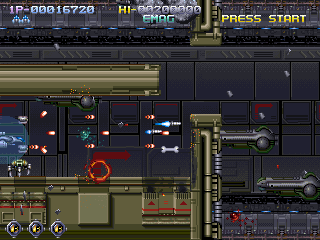 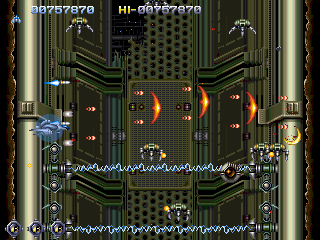 |
|
|
|
Post by Gendo Ikari on Nov 19, 2015 5:12:53 GMT -5
Take Kuru Kuru Kururin, mix it with Crazy Taxi, also throw 1970s Z-Movies in, and you get Roundabout by No Goblin (not to be confused with SkyGoblin). As Georgio Manos, a chaffeur with a very, erm, unique driving style, you have mostly to drive passengers to their desired destinations but there may be more specific requests at times, like helping a priest with putting coffins into the ground (!). The big limousine constantly spins around its center, so it must be moved carefully to avoid collisions with the scenario and other cars (pedestrians can be splatted though). Over time you can get some perks, although the most useful are the amphibian mode, unsurprisingly given for free during the story, and slow motion. After the first scenario you also get the ability to jump. It can get frustrating, as the car takes only a few hits before exploding, but checkpoints are generous. The challenge is made funnier by the many FMVs with voluntarily bad, tongue-in-cheek acting - it feels like the "actors" had a lot of fun playing this cast of quirky characters. The most problematic aspect lies in the "free roaming" mode: among missions you can wander around the town, get extra challenges and even buy property to get additional money, but beside the gameplay being ill-suited for that (a "normal driving mode" could have been a good idea), there is no fast travel between zones and checkpoints become haphazardly placed, with a strong risk of respawning very far from where you intended to go after exploding. You also need to get to bought properties directly if you want to collect the money, adding to the tedium. So, there may be little motivation to play beyond the story missions, but the game could stand even there were just them, due its strong personality. It's been originally published last year but I'm writing about it now since a Deluxe Edition has just been released, with extra content that looks hefty, well beyond the usual "take this soundtrack and mini-artbook": behind the scenes, stuff that was left on the cutting floor, old prototypes, and an April's Fool made real - a first-person mode. I'm feeling sick only thinking about it.   |
|
|
|
Post by Gendo Ikari on Nov 19, 2015 6:52:09 GMT -5
High Strangeness was one of the first Kickstarter projects for a videogame back in 2009, but it took last May for it to finally come to existence on PC and WiiU. An action/RPG, its main gimmick is the “12-bit system”: early in the game you get the ability to switch from the main 16-bit-styled dimension to its 8-bit alternate. Attacks and weapons are regulated by a stamina/mana bar that recharges quite rapidly (IMO upgrading it should be a priority) but prevents solving all with button mashing. Enemies don’t leave regular experience but eye-shaped coins that can be spent at altars to upgrade weapons and abilities. The main weakness of the system is that the 8-bit dimension is not very compelling. While movement limited to the cardinal directions and one hit at a time are truer to an older style, it’s hard to prefer it over diagonals, dashing and multi-hit attacks of the 16-bit mode, which also has visuals truer to that era, contrasted with the crude pixels of the other. Apparently the devs were aware of it, since they made it mandatory to solve many situations in 8-bit mode: passages are revealed, traps become less dangerous, and so on. The only good perk of 8-bit mode is a projectile attack shot when the bar is full, an obvious reference to the original Legend of Zelda, but you get it only with the second upgrade to the main attack. However, and thankfully, the game’s qualities go beyond the superficial gimmick. Combat, with its hit-and-run nature, could have been tedious if it wasn’t that you get very useful weapons to complement it, like throwable CDs that can stun enemies. All enemies have little energy, even bosses require just three or four flurries of direct attacks to be put down, and they can be stunned by some weapons. Moreover, while puzzles are never difficult, I found all of them to be well-designed and fun, since they put weapons and abilities to good use – CDs can ricochet to angled walls for example, and one later ability summons temporary pushable blocks. A “stealth” section played as another character is refreshing. It doesn’t overwhelm with upgrades since there’s only two for each weapon or ability. Finally, while the plot is quite simple and forgettable, it is overall serious and played straight; I honestly expected the usual deluge of pop-cultural referencies and I’ve been pleasantly surprised in this respect. The only truly humorous, out-of-left-field reference is to Catlateral Damage. Unfortunately it’s a very short game, so it can’t express its full potential. They could have ditched the 8-bit part entirely in favor of more puzzles, were they interesting as the ones found here. It’s currently in the $2 tier of a bundle at Groupees.
|
|
|
|
Post by Woody Alien on Nov 22, 2015 18:32:15 GMT -5
Right now I'm playing Eternal Senia on Steam, and for a simple action RPG a la Ys made in RPG Maker downloadable for free on Steam it's actually quite good. The story and anime pictures may seem cheesy to some, but the game itself is cleverly executed with some little puzzles, several secrets, a crafting system, multiple endings and it makes the most of the simple control scheme (some later boss battles can get pretty intense). If you can get past the shitty introductory dungeon (I assure you it gets better) you see that it's one of the best RPG Maker games made by a lonely person. What's interesting is that this guy comes from Taiwan but is fascinated by Catholicism and incorporated several parts of the mythology into his game. Nothing heavy-handed or philosophical, but it's different from the usual random medieval fantasy world at least. |
|
|
|
Post by Gendo Ikari on Nov 23, 2015 3:35:33 GMT -5
Astebreed was originally released at Comiket at the very end of 2013 and has been localized less than six months later. A spiritual successor to Ether Vapor, by the same developer, rather than a "bullet hell" affair it's more of a cinematic shmup, often changing from top to side view, and even some sections with the camera behind the robot (they are usually the easiest ones), although the player's movement is always limited to a 2D plane. While not the best on a purely technical level, the graphics are really excellent, but the game's biggest merits lie in how much it is accessible to less experienced players: there is an introductory level to familiarize with the basics, complete tutorials, and the game's most complex gameplay elements can be ignored if one is looking for simple fun. The robot has two long-range attacks, each with a lock-on mode, and a powerful sword that can even cancel two out of three types of enemy bullets, speeding up the charging of the EX attack. There are no power-ups or other collectibles, but the bot may feel even overpowered at times, as its shield regenerates and it can use both cannon and sword at the same time with no limitations. However, if you are looking for the score, it's the worst technique because sword and EX attacks lower the score multiplier, while cannon and lock-on attacks raise it; in this case the approach changes drastically, and it becomes a question of anticipating enemy waves and know when it's time to shoot or to go close-quarters. Lock-on attacks also get enemies outside of the player's 2D plane, much like in the Ray series - there's a level where you can get an achievement for locking on 50 small targets. It may be too flashy for some, and the story is lackluster: a lot of background information is revealed in bios only after finishing the game, and the twins around whom the story revolves look like Neptunia rejects; at least the way the enemy is ultimately defeated is quite original. Nevertheless, a shmup that manages to be appealing to both a "casual" player and an high score maniac is a big achievement, and it's certainly one of the best doujin products that have received an official localization. It's in the tier 2 of the current Humble Weekly Bundle, along with Gurumin and Revolver360 Re:actor. It's available on both Steam and GOG, but Humble may be the best choice to get it because they offer both a Steam key and a DRM-free installer. Has been released on PS4 last summer and, from what I've gathered, it's got several small improvements in visuals and gameplay, making it the definitive version of the game. 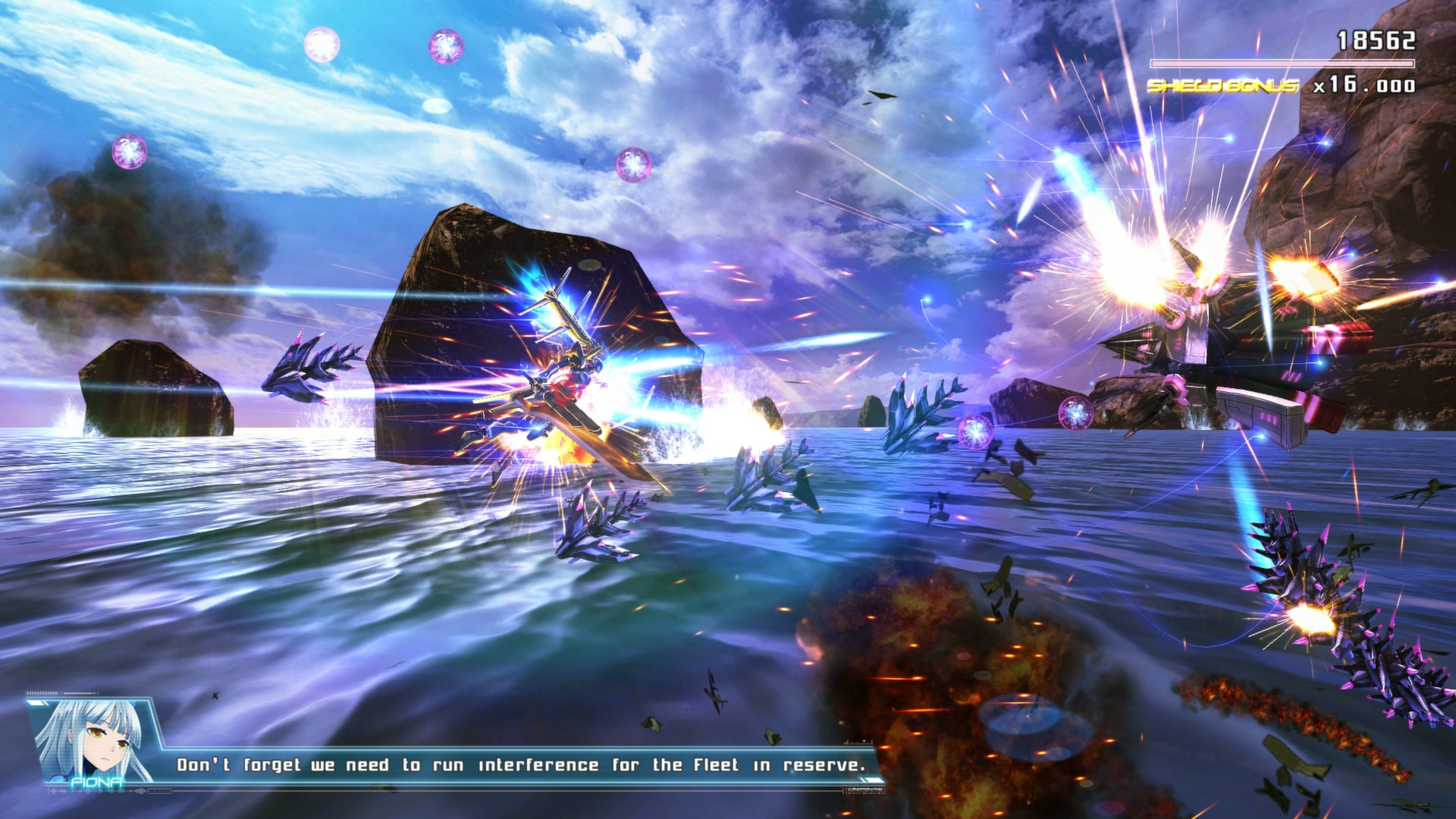 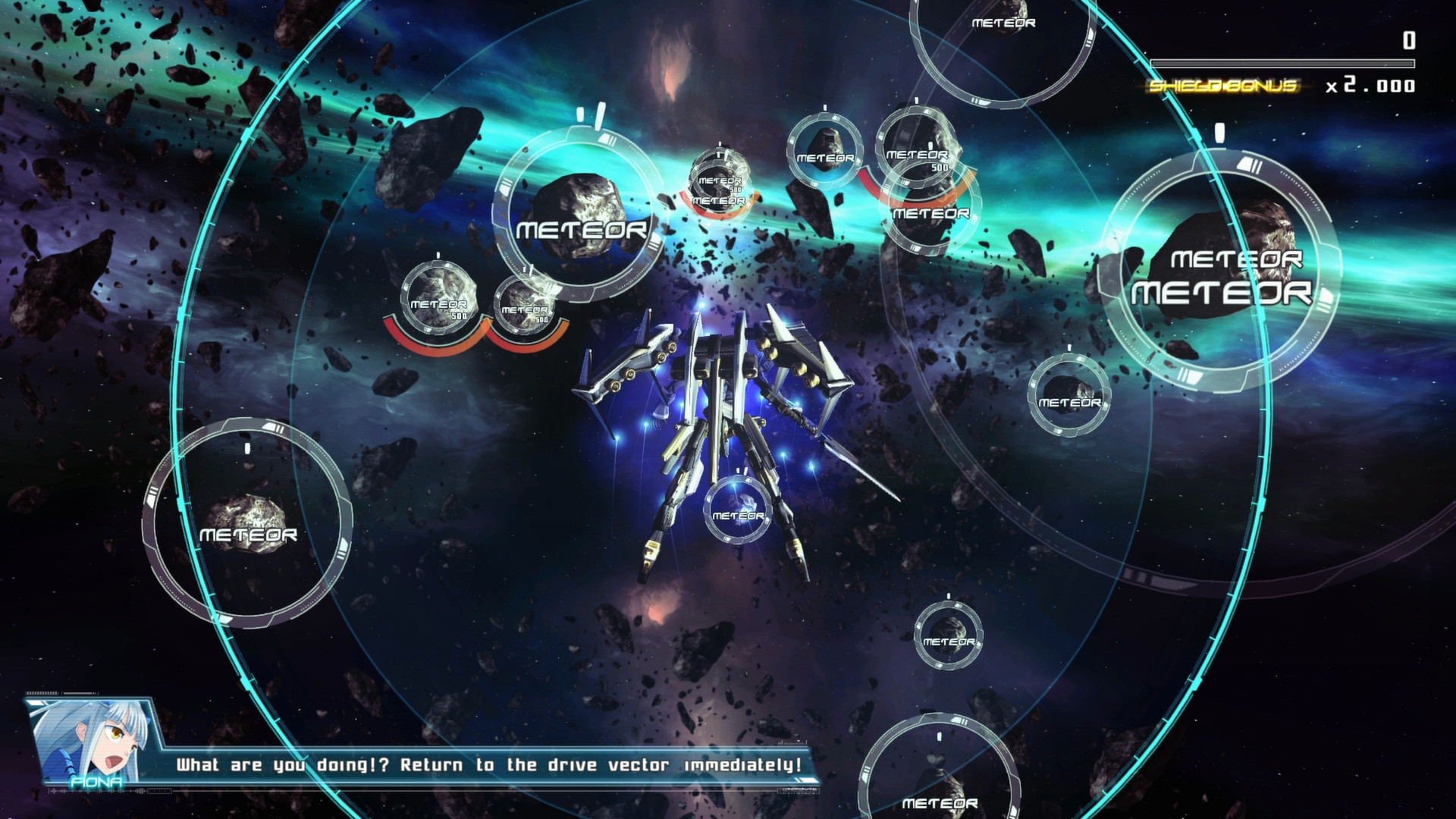 |
|
|
|
Post by Gendo Ikari on Nov 23, 2015 4:21:51 GMT -5
Since i just mentioned it... The original Revolver360 was a 2010 XBLIG game that was later ported to PC; this one, Re:actor, has instead originated on PC. It may be considered a "true" example of 2.5D gameplay: while the player ship moves only on a 2D plane, everything around it can be rotated, as if the ship was on the central axis of an horizontally-oriented cylinder. Stationary enemies become visible only from certan angles, as do crates containing hefty bonuses, and most importantly enemy attacks are effected too: a deadly screen-high volley of bullets becomes a simple line with some rotation. Levels have also some paths, although they ultimately lead to the same bosses. The game apparently takes place in some virtual reality, since the graphics are completely based on red and blue tones. They look good, even great with bosses and some environments, but they can get confusing at times. The levels are very replayable but there's only four of them, although there's also a series of challenges, and in general the game's less "amicable" with newbies. Still worth checking for attempting something really new (or at least rarely seen) in the genre. Like Astebreed, it's on Steam and DRM-Free on GOG but Humble allows to get both. Has been announced on PS4 last year but it's currently still listed TBA. The original Revolver360 has never seen a PC release outside some Japanese websites (at least DLSite has also English and prices in € and $). 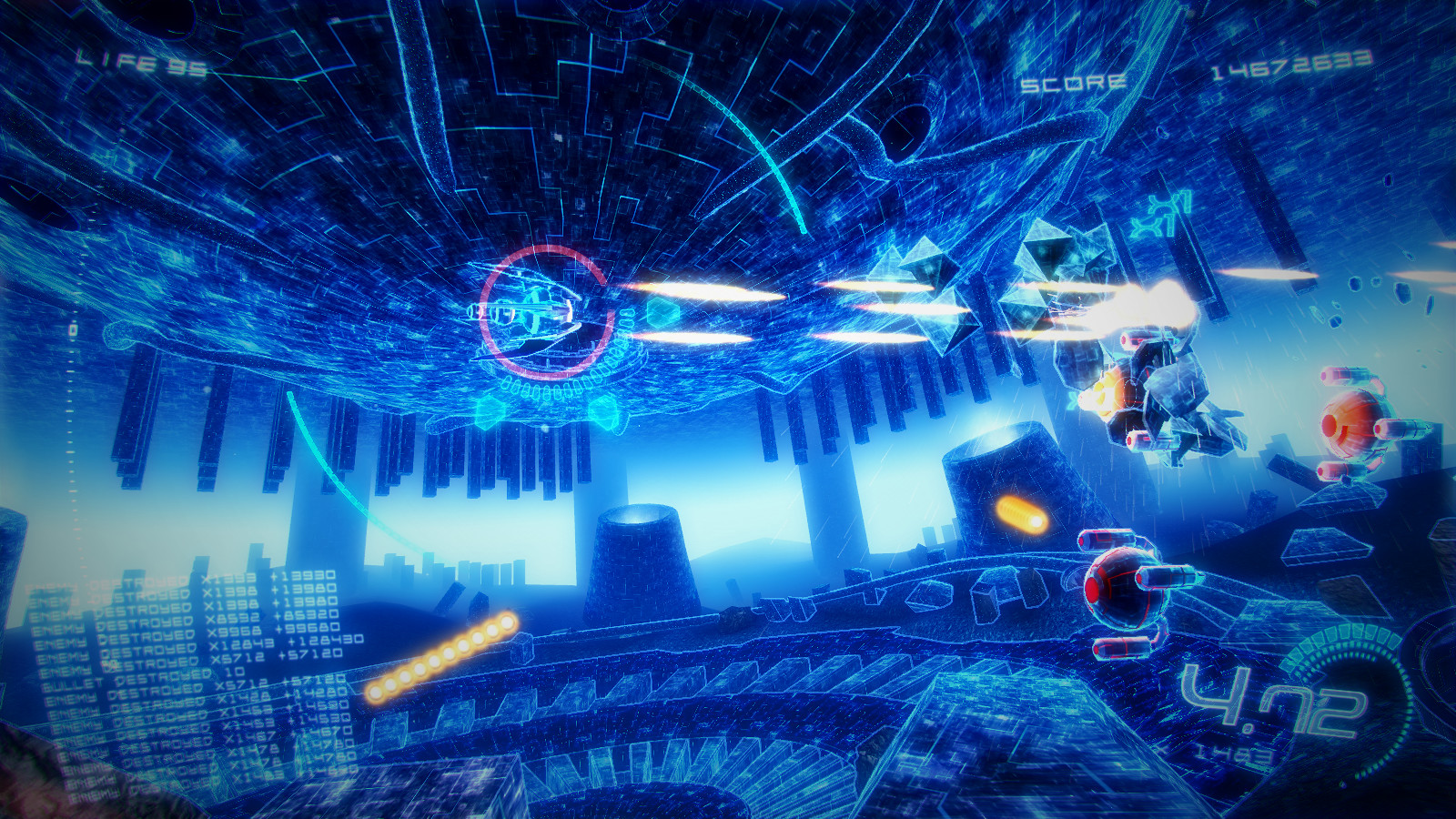 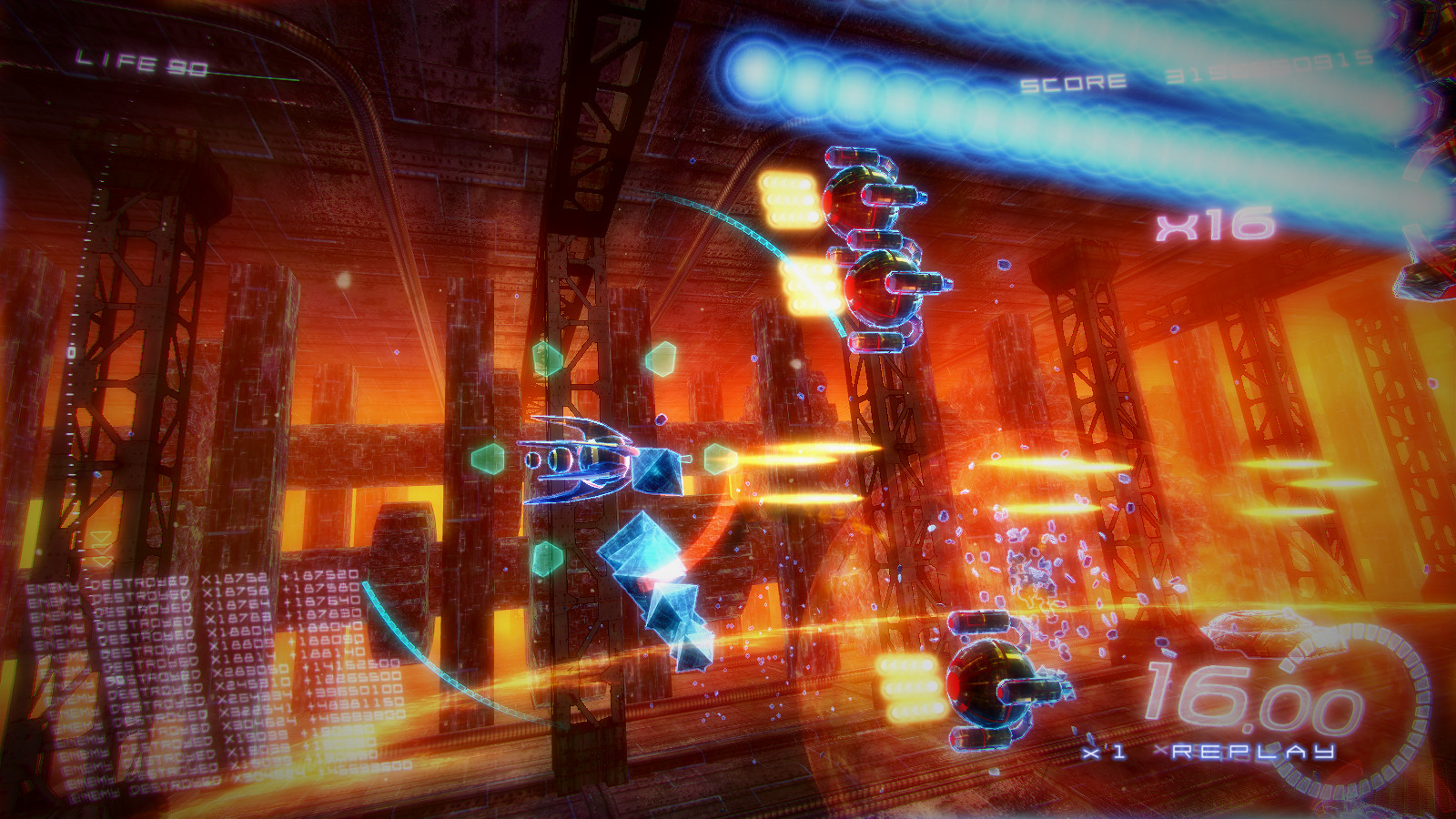 |
|
|
|
Post by Gendo Ikari on Dec 3, 2015 5:12:51 GMT -5
The setting of Galak-Z, released first on PS4 and then on PC, can be described as a modern cartoon rendition of classic americanized sci-fi animes: the biggest inspiration is Robotech, with some Star Blazers sprinkled in. As an ace pilot who gets an advanced prototype ship by a stroke of luck, he has to complete missions to make his mothership advance through five "seasons" of five "episodes" each, complete with oldstyle end credits. At the beginning of Season 2, the ship is revealed to have the ability to transform into a humanoid mech, so that each form has different abilities: the ship has laser cannons, missile swarms and the Juke ability to dodge attacks, while the mech has a sword, a shield, and a grappling hook-arm. Mastering both forms is essential and can lead to interesting fights, like throwing small asteroids to enemies or grapple some to weaken and remove their shields, than using the ship to finish them at a distance. Enemies have cones of vision and hearing and "sneaking" or ambushing them is possible, but since they leave scrap (the game's money) behind it's always better to not refuse a fight. The three enemy factions (Empire, Void Raiders and Space Bugs) hate each other and it can be used at your advantage. Levels take place inside ruined starships or large hollow asteroids, and are generated procedurally (...again?). Beside the objective - destroy something, take something, or get something to the warp point using the mech form - each has usually three or four crates with salvage, upgrades, or blueprints that permanently unlock upgrades in the shop. Although I wish there was also an alternate system with movement relative to the screen rather than the ship/robot, the controls are very satisfying once you get the hang of them. Despite the solid basics, the game has little to offer in the way of variety: by Season 2 you've already seen almost all. The action can become very confusing, leading to undeserved deaths in what is already a fairly difficult game - also consider that originally, the only mode was "Rogue", which meant you had to complete every season in a single sitting, with only five of the rare "Crash Coins" as a way to at least begin from the latest episode; "Arcade" at least saves after each episode. Levels are expansive but given the game's structure, I'd rather play a larger number of short but more intense missions. Upgrades aren't even carried over from a season to the next; you only conserve the "Crash Coins", which are converted to cash so to have at least a few upgrades at the beginning of a season, but the overall sense of progression is gimped this way, once again in the name of "put roguelite in everything". There's also the fact that Season 5 doesn't exist yet, the game has been released without it, it hasn't been completed yet as of the PC release, and it seems it will take even more time as the American branch of 17 Bit Studios is currently relocating in Japan. The update will be free, but releasing a game with four fifths of the content sounds like a very silly move. |
|
|
|
Post by Gendo Ikari on Dec 3, 2015 16:06:29 GMT -5
Eidolon begins by dropping the player in a forest, sometime in the far future, somewhere in the northwest US. Differently from the usual apocalyptic wasteland, here nature has retaken its place, and even the most recent small human settlements look to be long abandoned. For once the visuals can be really called "minimalistic": no textures, and the bare minimum of polygons to say that something is a tree or a rock, yet very fascinating to see in motion. The game may try to pass itself as a survival but hunting animals has no convenience and berries are so abundant, by the time hunger and fatigue finally set in, you'll have to throw some away because they are rotting! Basically, if you die, it's because you really wanted to (like staying in water for a long time). You rather have to reconstruct the history of the area through the centuries. When I first started, after a little while I found a compass and map, which allowed me to begin exploring, as I used lakes and rivers as reference - very immersive. The player has a small futuristic device that stores the documents found around (as small blinking beacons, so they can be seen even at night), and each is tagged with at least two different topics it belongs to. Click on a tag, and the device will release a beacon flying in the direction of the closest document on that topic - you'll soon lose sight of it but it gets you on track. This type of exploration and discovery is great at first, but after some time two problems become evident, and Eidolon catastrophically trips on them. First, the play area is HUGE: the first map you find is later revealed to show only a small fraction of the territory, and going from a place to another can take dozens of real-time minutes. Secondarily, your beacon gives only a direction and nothing else: the next document on the selected topic may be on the very opposite side of the world. Combine these two together, and after a few hours the interest just deflates. Ultimately, even the visuals turn against the game in the long run as they prove not sufficiently varied, the light survival elements are a chore (at the very least, you have to constantly stop and get berries from bushes), and the sparse fauna and environmental sound effects leave a sense of desolation rather than of a renewed vitality of nature. Eidolon could have been memorable if it was a more "compact" experience; as it is, it suffers its own over-inflated size and embodies all the worst things about "open world" games.   
|
|
|
|
Post by Bobinator on Dec 3, 2015 23:52:04 GMT -5
|
|
|
|
Post by Gendo Ikari on Dec 7, 2015 5:41:14 GMT -5
Quantum Conundrum is a first person puzzle/platform game designed by Kim Swift, one of the original developers of Portal no less. It’s set within the absurdly huge mansion of professor Quadwrangle, an eccentric scientist who’s now lost somewhere within it for reasons unknown even to himself, even if he’s still somehow able to communicate with his nephew, who had just come to visit and is now tasked to save him. The super-science product this time round is a glove that, with amplifiers around, can change the surroundings into their equivalent in one of four parallel dimensions; in practice, it translates in having everything become soft and light or hard, heavy and impervious to lasers, later also slow motion and reverse gravity. There are specific batteries for each and sometimes you may need to first find one and put into an amplifier to switch to that specific state. Most puzzles require quick switching. For example you can lift a cardboard box, throw it and at the same time switch to the “metal” dimension to have it break some glass. My favourite maneuver is getting a safe while it’s soft, throwing it towards a chasm and at the same time switching to slow motion, then jump on it to cross to the other side! The game manages to introduce the mechanics gradually, so that bizarre actions like those become natural, and while Quadwrangle’s banter is chuckleworthy, it also gives some suggestions from time to time. The graphics are cartoonish and incredibly cute but also terribly repetitive, there’s an especial obsession with safes and some transition rooms are literally cut-and-paste. At least you can sometimes find paintings that change according to the current dimension, very fun to see. Jumping and physics are sometimes loose, but I found the biggest weakness in the balance and testing of some of the last levels, based mostly on quick gravity switching, as they can often degenerate in trial-and-error even when you exactly know what to do. Finally, the DLCs offer some really challenging rooms but are also quite “dry”, with no comments by Quadwrangle. So it doesn’t manage to stay at the same level of Portal, but just one or two steps lower which isn’t bad anyway. It’s been released on PC, PS3 and Xbox 360 and an official site doesn’t exist anymore (it redirects to the website of its publisher, Square-Enix), as developer Airtight Games closed doors last year. 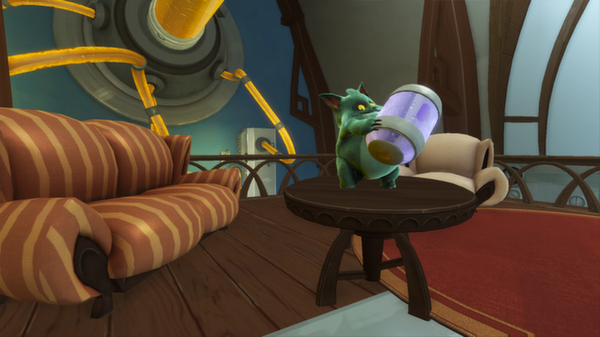   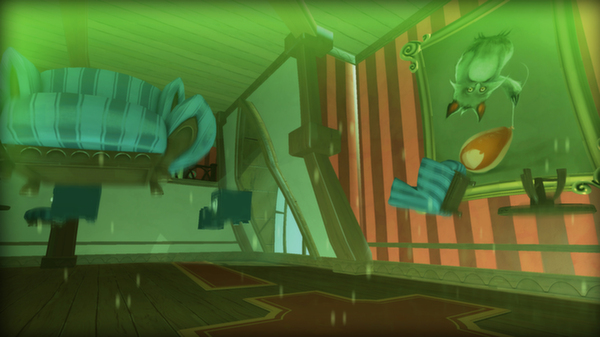  |
|
|
|
Post by Gendo Ikari on Dec 7, 2015 6:05:38 GMT -5
And since we are in the genre… Magnetic: Cage Closed won’t win any awards for its art direction, which is frankly bland, and the narrative background is nothing special too: as an inmate and typical silent protagonist in some secret facility, you are forced through rooms full of traps by a sadistic warden and a cold-hearted psychiatrist who often comment and discuss. The exit of any room is a crawlspace leading to the next one, as the environments can be rearranged in a Cube fashion; this allows for very light system requirements and for the order of the rooms to be not the same in every playthrough – on the other hand, it also means there isn’t a progressive difficulty curve, although the challenge is never too high. Every few rooms, the psychiatrist will ask to make some choices that generate branching paths, with nine different endings – It’s doubtful, however, that you’ll want to replay the game so many times to see all of them.
However, the puzzle/platforming gameplay is very solid, also because like Portal, it’s very basic in its mechanics: the Magnetic Gun - which is a bit too large on the view but also a cool piece of “retro-futuristic” equipment - has got just its attraction and repulsion forces with two different strength levels, a later model introduces a third level and nothing more. The rooms are full of metal objects to use at your advantage: crates to bring closer, floors to make your jump higher with the repulsion force (with the second model you can even float over them), walls to use as grappling points… The level design in general is very satisfactory and I was honestly sorry that the game was over in a few hours. In more than one way, it felt like the original Portal, which was too short and a bit “basic” to fully express its potential, which was explored by the sequel. A Magnetic 2 with a bigger budget would be cool.
It’s currently in the tier 2 of Humble Weekly Bundle for a few more days, along with Xeodrifter.
|
|
|
|
Post by Échalote on Dec 7, 2015 11:47:14 GMT -5
Did anyone tried Else Heart.Break() ?
|
|
|
|
Post by Joseph Joestar on Dec 7, 2015 11:48:37 GMT -5
I want to play Ace of Seafood, that looks fun.
|
|